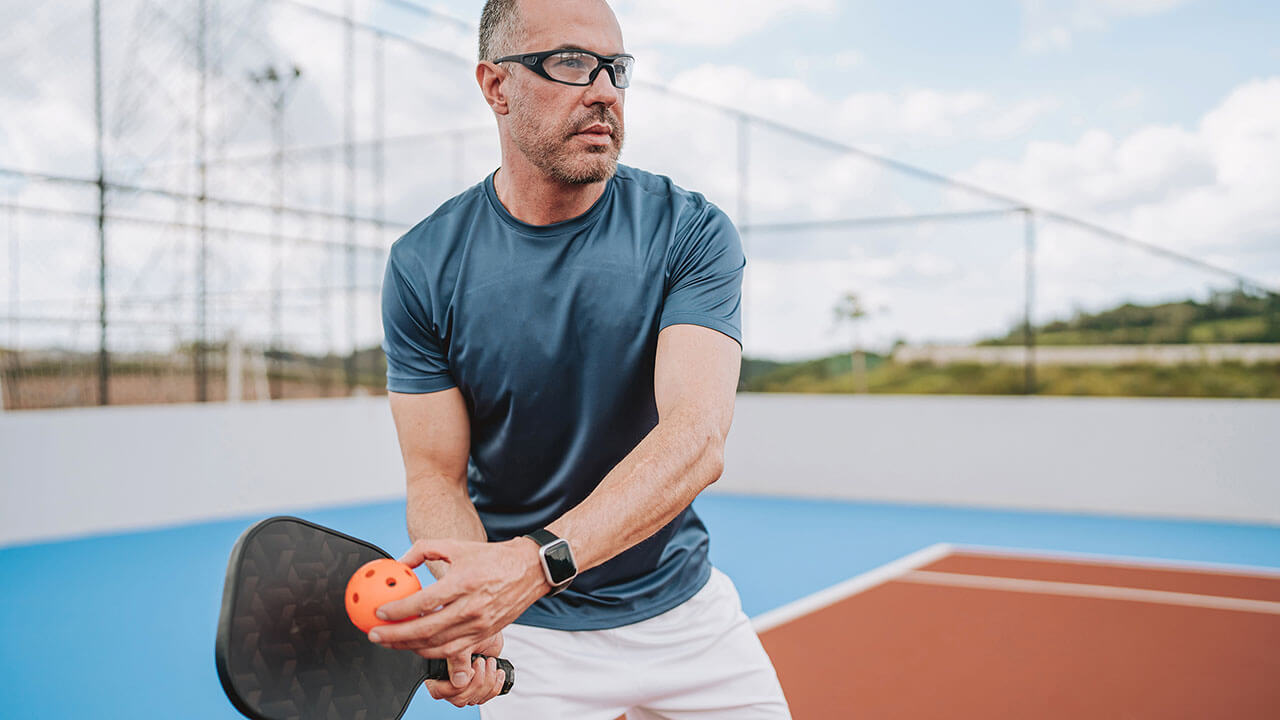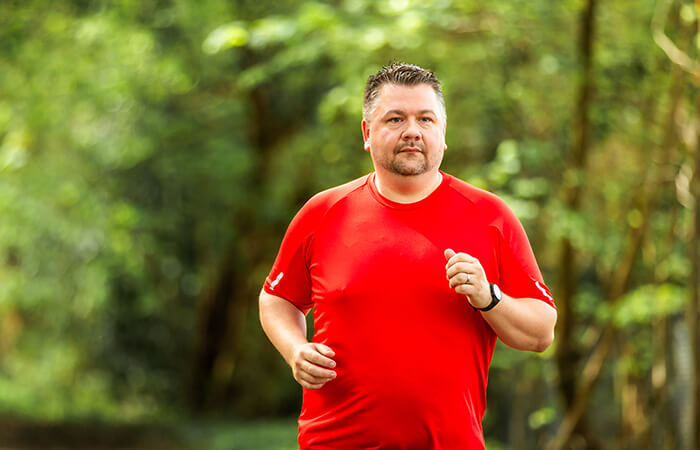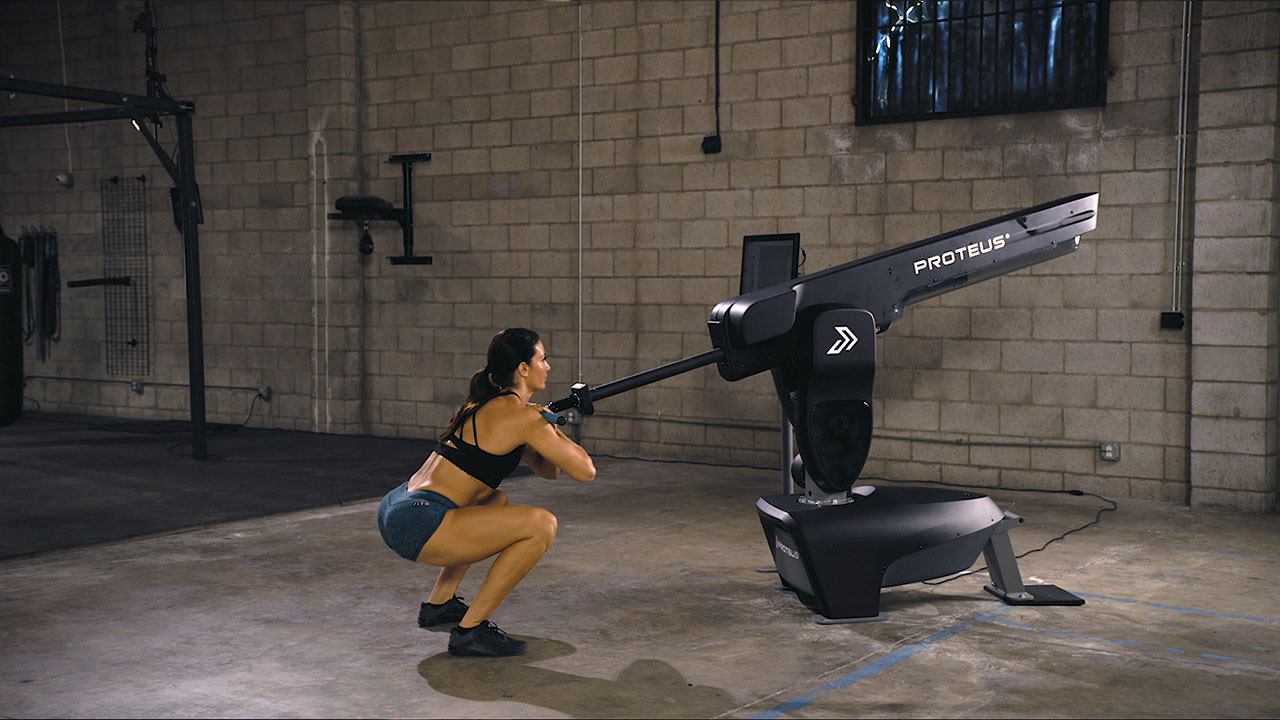

You start out on your run and all of sudden you get a pain on your side. We have all experienced that pain, but what is it? The pain we experience on our side is called a side stitch. Side stitches are generally considered to be a muscle spasm of the diaphragm. This muscle helps us breathe. The diaphragm is supported by ligaments which also spasm. The symptom runners typically report is a sharp pain on their right side, immediately below the ribs.
Here are a few ways to prevent side stiches while you train:
Here are a few ways to prevent side stiches while you train:
- Proper running posture: Some research indicates that side stitches may also be related to running posture. They found out that side stitches were found to occur more frequently in runners that slouch over or hunch their backs while running. Poor running form leads to more severe side stitches. To help alleviate the side stitch, you should improve your posture by strengthening your postural muscles with core exercise.
- Stay hydrated: Dehydration contributes to muscle fatigue and spasms; so go into your runs well hydrated. Drink plenty of fluids before, during and after your runs.
- Increase your fitness level: Like other muscle cramps or spasms, side stitches occur from the strain and fatigue associated with the increased workload of increased breathing from exercise. However, all muscle spasms are thought to be associated with muscle fatigue. As your fitness level and overall conditioning improves, the risk of muscle fatigue decreases. This means that the incidence of side stitches decrease as well, so slow down your run pace until you are further conditioned.
- Practice deep belly breathing: Deep breathing does a few things for the body:
- Fills the lungs
- Relaxes the body
- Improves posture
- Strengthen core muscles: Strong core muscles can prevent many injuries in runners including side stitches. One of the many benefits of a strong core is that it instantly reduces your chances of getting a side stitch while training.
Side stitches can really slow you down while training and on race day. By implementing these suggestions, your chance of a side stitch will be significantly reduced.



.jpg?width=700&height=450&ext=.jpg)